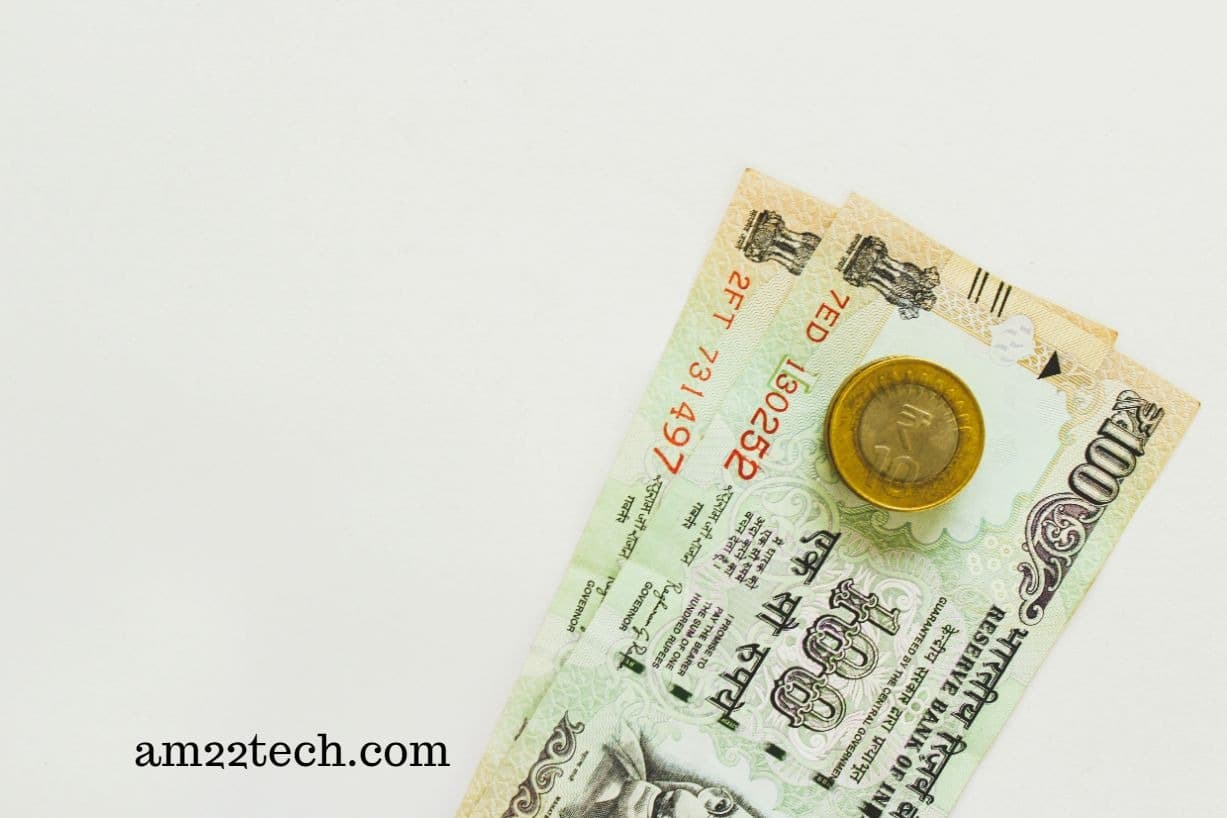Margin money percentage is the money that a home loan borrower needs to pool with the bank’s disbursement while making a payment to the developer.
The consumer is normally not aware of it until he has availed the home loan and it’s time to get the first disbursement. Nobody in the bank sales team will explain to you the concept as it may confuse their prospective client, which is you.
Here is the example explanation of what it is and how it affects you as a loan borrower.
This article will discuss:
Home Loan Construction Linked Plan
| Property cost: | Rs. 50 Lakhs |
| Your contribution: | Rs. 20 lakhs |
| Home loan: | Rs. 30 lakhs |
You apply for a loan and get the approval done from the bank. It could be any government sector Bank like SBI (State Bank of India) or a private bank like HDFC or ICICI.
Your payment plan to the builder/developer is a construction linked plan i.e. you have to make payments on the basis of the construction stage and this plan is shared with you by the builder in advance.
If you take a closer look at your home loan documents, you will find this margin money percentage clearly written on it. In our example it is calculated as follows:
- Margin percentage = [(Your contribution in total value of property) / (Total value of property)] * 100
- Margin percentage = [20,00,000 / 50,00,000] * 100
- Margin percentage = 40%
Lets assume that you have the following construction linked plan:
| Construction stage | Amount to be paid to developer |
| Stage 1 | 5 Lakhs |
| Stage 2 | 10 Lakhs |
| Stage 3 | 10 Lakhs |
| Stage 4 | 10 Lakhs |
| Stage 5 | 10 Lakhs |
| Stage 6 | 5 Lakhs |
Let us also assume that you have already paid Rs. 5 lakh (construction stage 1) amount to the developer (as booking amount).
The bank home loan of Rs. 30 Lakhs from the bank with the condition that you will pay the remaining 15 lakhs from your own sources.
As a normal human being, we think that the bank will pay the amount demanded out of Rs. 30 lakh to the builder as and when they demand.
We will collect the rest 15 lakhs from some sources that we have to pay (15 lakhs out of pocket).
We automatically assume that our turn to pay would fall in construction stages 5 and 6.
As the normal construction time of a property is 36 months, we assume that we have sufficient time to collect that money and we are bound to make payments at the time of possession of the property.
This is the biggest misconception and gets clarified only when the home loan disbursement is actually made by the bank.
Nobody from the bank sales team will ever tell you the fact that you also need to make payments of your portion i.e. margin money or margin percentage as and when a bank makes a payment to the builder.
Banks will never pay more than their margin percentage in the total value of the property at any given point in the construction stage.
This is a way of maintaining the risk ratio and avoiding overexposure of the bank in making payments to the builder.
You know how things work out in India – it may happen that Bank pays the whole 30 lakhs to the builder and then both you and the builder get untraceable! All this is to avoid that scenario and keep you (the loan seeker) always invested and active in payments.
The main reason for doing this is that Banks do not want to pay more than what they have sanctioned as per the home loan agreement at any given point in the construction stage of the property.
The situation is different if you buy a ready-to-move-in property in which case banks make a one-time payment to the developer/seller. In this case, you would have also paid the margin percentage of money in one go itself i.e. at the time of buying the property.
There is an element of risk involved in financing under construction properties that may not get completed on time or the developer may default or any other unforeseen circumstances.
The bank always wants to make sure that you have invested sufficiently in the property as per the commitment in the home loan agreement.
Margin Money Home Loan Calculator
In our example, your margin percentage is 40% and the bank will contribute the rest of 60%. This means that whenever a bank will disburse an amount to the developer, it will always maintain this percentage and will never let its own portion grow more than 60%.
Related: SBI MaxGain Home Loan account helps you earn higher Interest than Savings account
So, when you actually go to the bank demanding to pay the ‘Construction stage 2’ payment i.e. Rs. 10 Lakhs, the bank will evaluate the situation as follows:
| Total payment to builder till this point | 5,00,000 (Already made by you) |
| Total payment to builder After this point | 5,00,000 + 10,00,000 = 15,00,000 |
- Your contribution in property after this payment = Rs. 5 Lakhs i.e. 33.33% of total payment made to developer till today (5,00,000/15,00,000 *100)
- Bank’s contribution in property after this payment = Rs. 10 lakh i.e. 66.66% of total payment made to developer till today (10,00,000/15,00,000 *100).
Now, as per the home loan agreement, margin money percentages are 40% and 60% for you and the bank which is violated if the bank pays the full 10 lakh in this payment. You can clearly see that your portion reduces to 33.33% and bank’s increase to 66.66%.
So, in this situation, the bank will never make the full payment of 10 lakh to the builder. Instead, it will ask you to pool the amount in a 10 lakh cheque which will help maintain the margin percentages. i.e. Rs. 1 Lakh.
So, If you pool in INR 1 Lakh and the bank pays 9 Lakh in this payment to developer, the final scene looks like this:
- Your contribution in property after this payment = Rs. 6 Lakhs i.e. 40% of total payment made to developer till today (6,00,000/15,00,000 *100)
- Bank’s contribution in property after this payment = Rs. 9 lakh i.e. 60% of total payment made to developer till today (9,00,000/15,00,000 *100).
Hence, this satisfies the MARGIN percentages as laid down in the home loan agreement.
Need Help File Application?
Support
Use hassle-free visa extension and EAD filing service to file your application with USCIS
Visa status issues consultation includedQuick Service
Filed within 1-2 days if you have all the documents ready and uploaded
Emergency service availablePhoto
You click, we edit photos as per US visa requirements to remove background, align face and shoulders
Photo printing includedFuture Home Loan Payments
So, every time, the bank makes a disbursement according to demand by the developer, the bank will apply the same logic and ask you to pool in the money if the margin money percentages are breached. The subsequent payments would like this:
*All amount are in Lakhs
| Cons. stage | To be paid to builder | Bank Share | Your Share | Balance |
| 1 | 5 | 0 | 5 | 5 |
| 2 | 10 | 9 | 1 | 15 |
| 3 | 10 | 6 | 4 | 25 |
| 4 | 10 | 6 | 4 | 35 |
| 5 | 10 | 6 | 4 | 45 |
| 6 | 5 | 3 | 2 | 50 |
| Total | 30 Lakhs | 20 Lakhs |
It is important to understand the above concept and plan accordingly else you might find yourself in a surprise when the bank will not disburse the loan payment even though the loan is sanctioned and everything looks fine.
How to Arrange Margin Money?
The primary source should always be your own savings for the Margin money.
- If you are not able to squeeze out enough money, you should try to manage a personal loan. But, I would strongly recommend staying away from a personal loan due to their high rate of interest.
- You can also try to get a top-up loan (for the same property and from the same bank). This would be easier to get if your take-home salary has increased compared to the one, you had at the time of your first loan application. This would reduce your margin money requirements by passing the burden on the ‘top-up’ loan amount.
- If you have another property in your name, you can opt for a loan against the property to finance the margin money.


